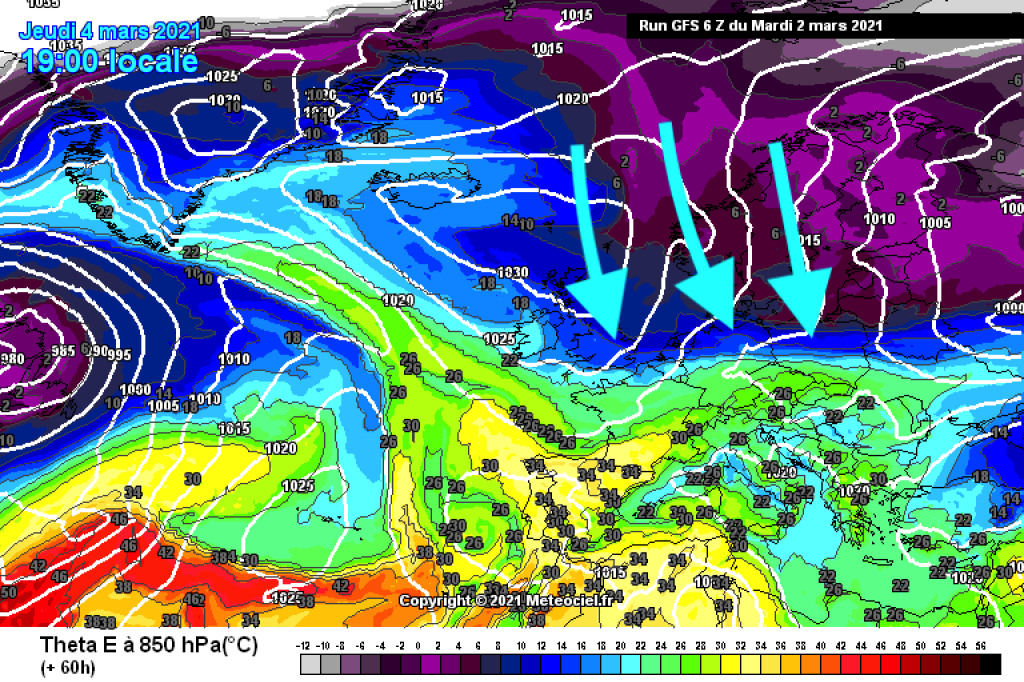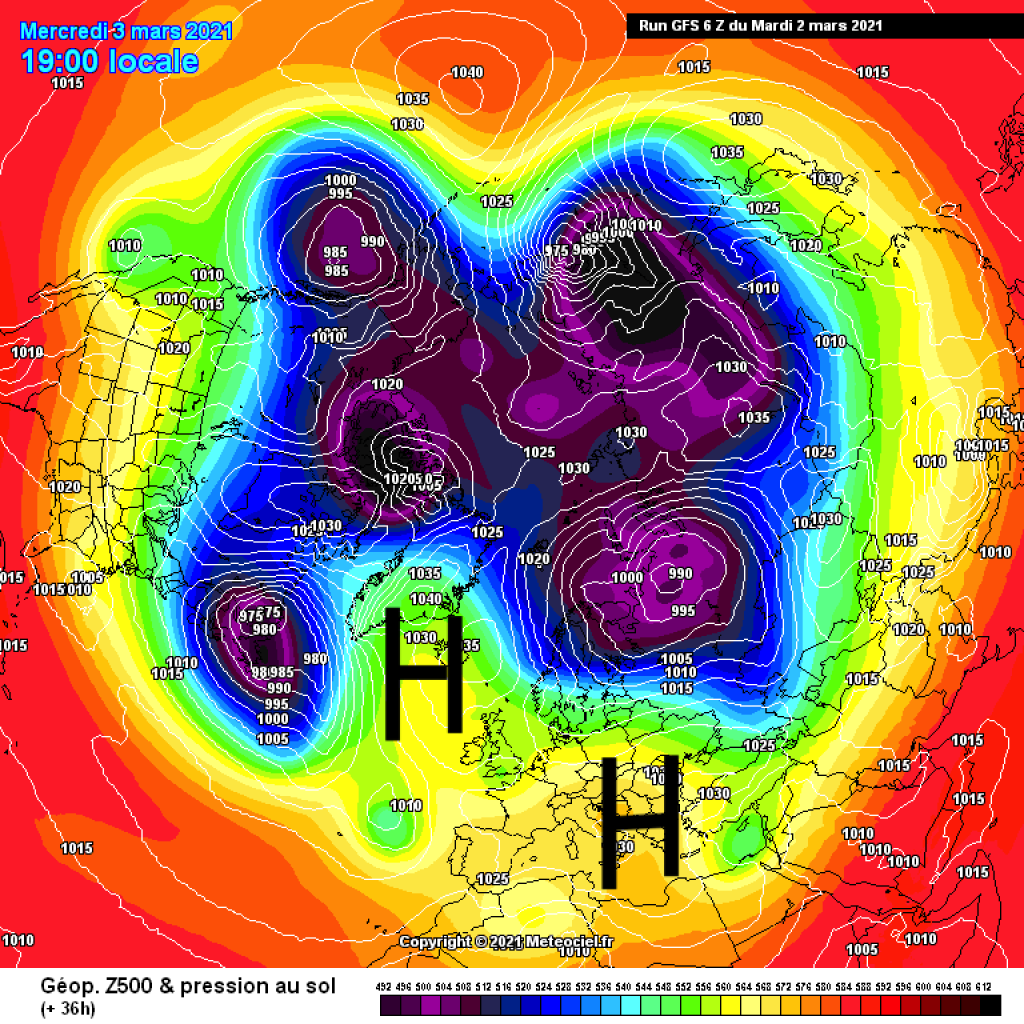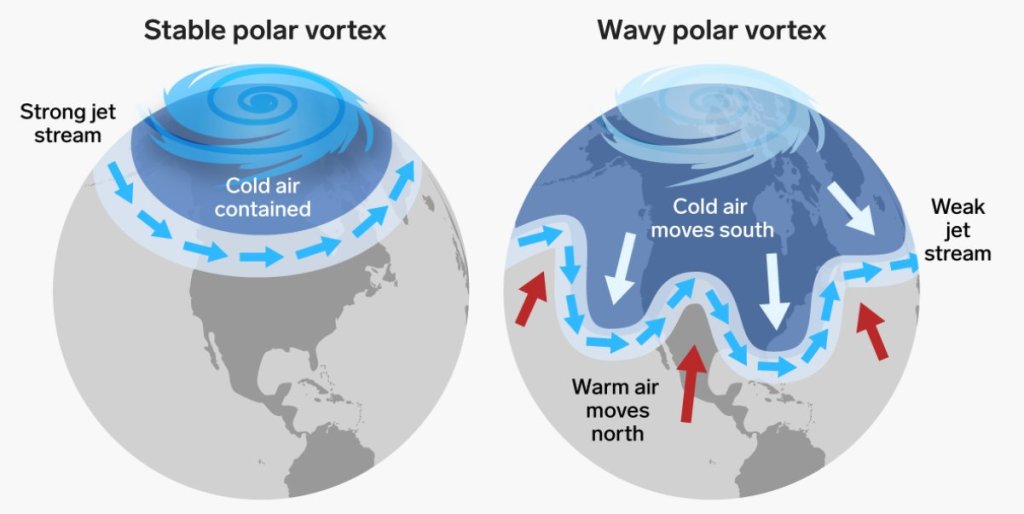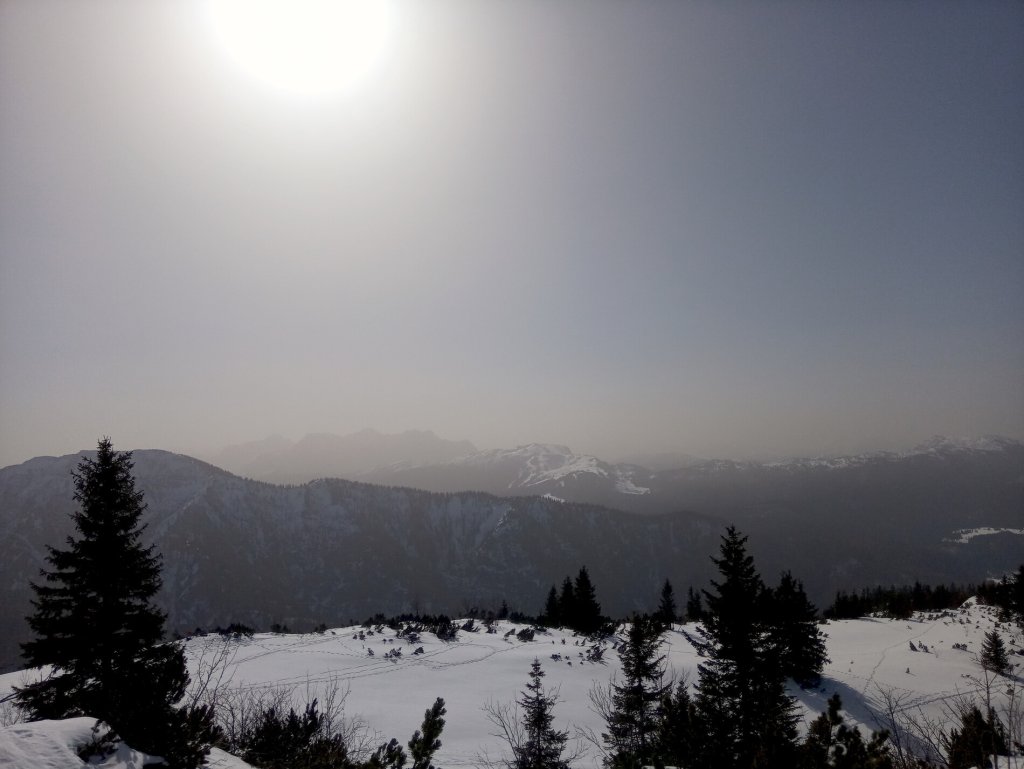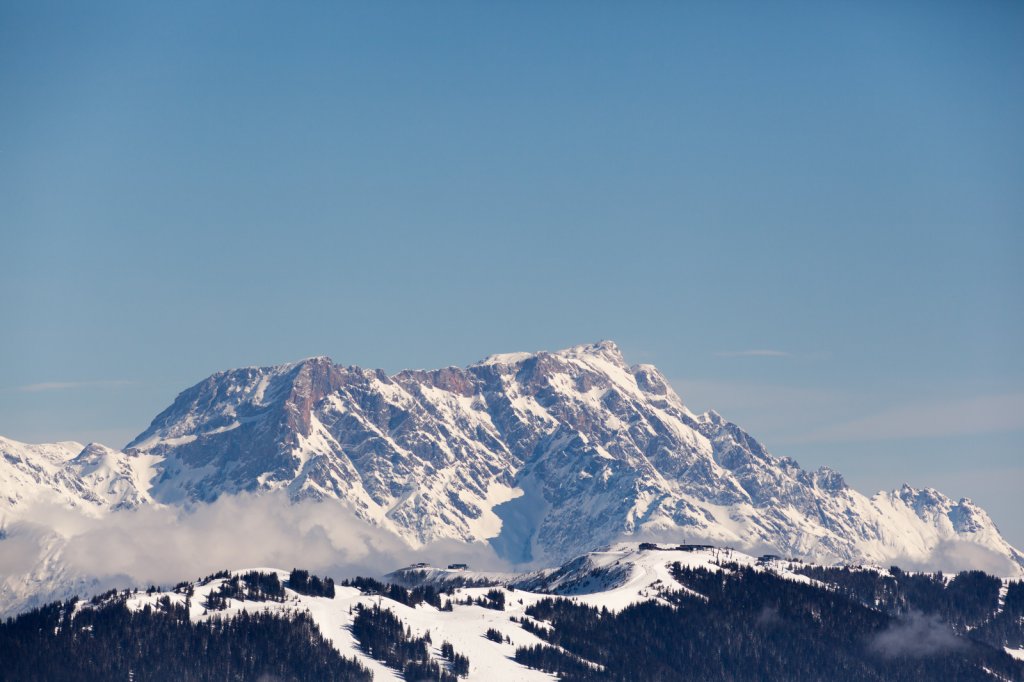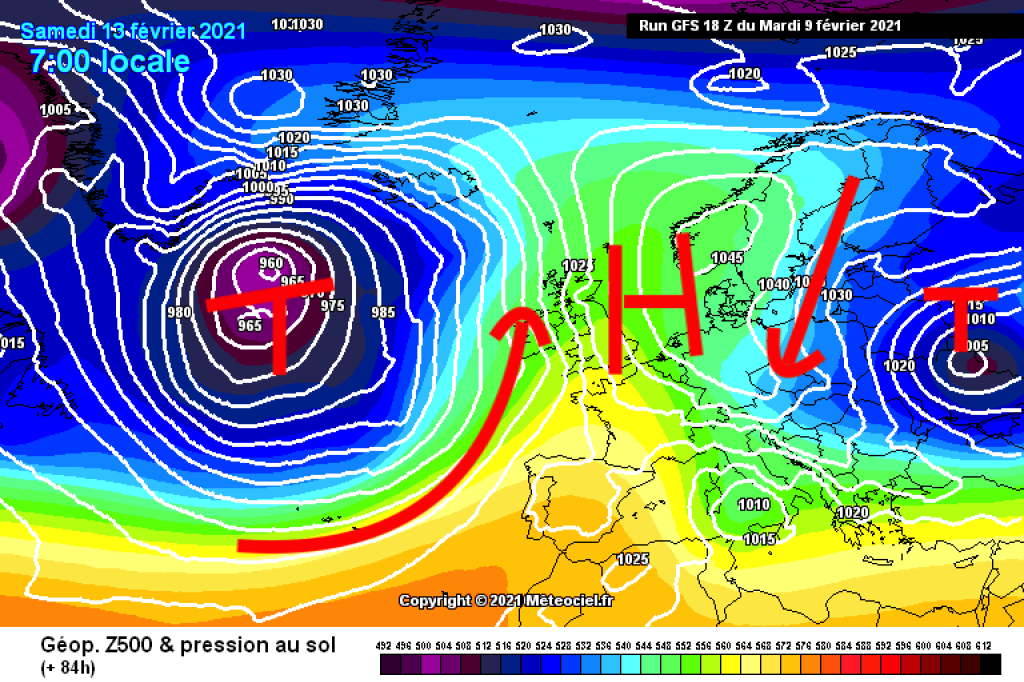These and similar questions always seem to come up more often when there is no change in the weather and it is warm and sunny for weeks on end. So let's take a closer look this week!
The jet stream and the weather
First of all, it should probably be noted that the latest round of media discussions on the subject did not arise because it was warm and sunny. Quite the opposite: the extreme onset of winter in the USA, which led to far-reaching, catastrophic supply problems (electricity, water), especially in Texas, was also often linked to global warming and changes in the jet stream. In a nutshell, the logic works as follows: As the Arctic is significantly colder than the mid-latitudes, a prominent air mass boundary is created in between, where the jet stream, which is very important for our weather, forms. Climate warming is progressing faster in the Arctic than in the mid-latitudes (Arctic amplification). As a result, the temperature difference between high and middle latitudes is becoming smaller. As a result, the polar vortex could become weaker and the jet stream could "wobble" more often in large, north-south oriented waves instead of forming a zonal (west-east) band around a round polar vortex.
We already had some of these wobbling, long-lasting weather patterns in the winter of 20/21. It doesn't have to be warm and sunny like it is at the moment - after all, every wave crest also has a wave trough, see the events in Texas, or the cold spell in Central Europe a few weeks ago. What meriodional, "blocking" weather patterns have in common is that they hardly change over longer periods of time. In classic westerly weather, on the other hand, the jet stream over the Atlantic is strongly zonal and brings new disturbances in comparatively rapid succession, alternating with short periods of high pressure. The winter of 19/20 was rather zonal, with a very strong, round polar vortex over long periods and a very mild, changeable mountain winter, as well as longer sunny periods in which the jet stream blew strongly but was clearly north of the Alpine region.
So we see: mild weather conditions can be both zonal and meridional. Meridional weather patterns (wobbling jet stream) can be very warm or very cold, depending on the exact position of the wave. If the polar vortex becomes weaker and the jet stream wobbles more often, it is to be expected that such meridional, warm or cold conditions will occur more frequently.
